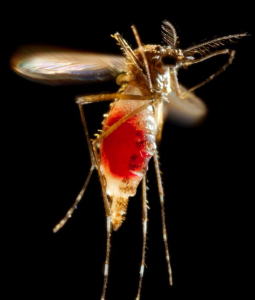By NewsDesk @infectiousdiseasenews
Thailand health officials close out 2019 with 11,484 chikungunya cases, more than triple the 3,580 cases reported in 2018. The current outbreak began in October 2018.

The region with the highest rate of illness was in the south, a region of the country that includes popular tourist destinations. The following province were hit the hardest by the mosquito-borne viral infection–Pattani, Ranong, Phuket, Tak and Songkhla.
No deaths were reported in 2018 or 2019.
Chikungunya is a viral infection caused by the CHIK virus belonging to the Togaviridae family. The virus is transmitted through the bite of infected daytime biting female – primarily Aedes aegypti and Aedes albopictus – mosquitoes. They usually bite during the early morning and late afternoon, and are typically found in and around urban and suburban dwellings.
Thailand is the 1st country outside China to report novel coronavirus
In some cases, Chikungunya is asymptomatic – persons do not exhibit symptoms. Those with symptoms usually get ill 3-12 days after being bitten by an infected mosquito. Symptoms include sudden fever and severe muscle and joint pain. They can be accompanied by headache, fatigue nausea, vomiting, and a rash. Although most patients fully recover, chronic joint pain may last for several weeks or months. Other persistent problems may include eye, gastrointestinal, neurological, and heart complications. Persons with chronic health conditions, a weakened immune system, infants, and older persons are at risk of developing complications with this infection. Chikungunya is rarely fatal.
- Wuhan, China pneumonia outbreak update
- Minnesota reports 1st pediatric pertussis death since 2013
- Brazil distributes 1.7 million doses of pentavalent vaccine to states
- Spain: Flu epidemic wave of the 2019-2020 season has officially begun
- Iceland reports increase in flu cases
- Raw oysters linked to food poisoning outbreak in France

